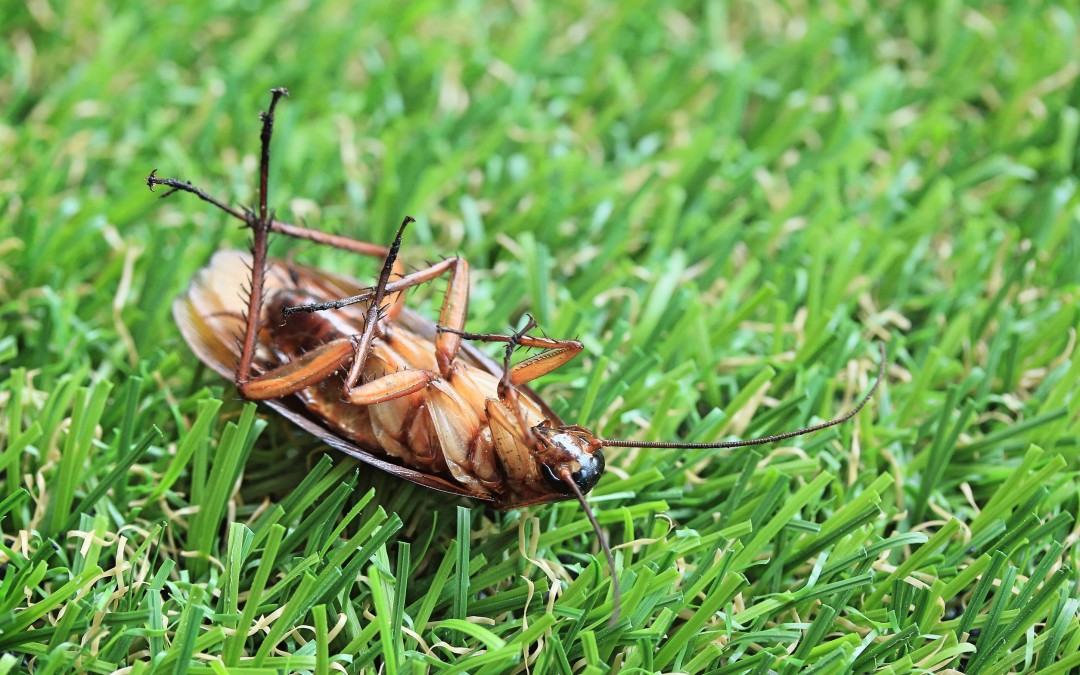Cockroaches are commonly demonized for being unsightly and for their tendency to infest people’s living areas. While cockroaches are not considered disease vectors, like mosquitoes and ticks, cockroaches can transmit disease-causing pathogens to humans. Since cockroaches gravitate toward, and dwell within pathogen-rich environments, the body of your average cockroach is covered in numerous species of dangerous bacteria. It is not hard for wandering cockroaches to transmit this bacteria to human food sources. It is not necessarily uncommon for people to fall ill due to living within a cockroach-heavy environment. Many people are aware that cockroaches spread pathogens, but many people may not be aware that cockroaches also contribute to the development of asthma and allergies.
Asthma and allergic rhinitis are the most common diseases in the world, and allergens within the environment are known to contribute to the development of these diseases. There are numerous allergen sources within outdoor and indoor environments. When it comes to indoor environments, allergen sources include pet dander, molds and dust. Also, cockroach allergens are abundant within most homes. Cockroach allergens are easily inhaled, as they float through the air on dust particles. One study from Holland found that cockroach allergens are present in the bloodstreams of every child aged between 4 and 12 that had participated in the study. However, these children all lived in homes where cockroach infestations had recently been eradicated.
In 46 homes where cockroaches had recently been eradicated, cockroach allergens were found in the floor dust of every home and in the bloodstream of every child-occupant. But cockroach allergens can also be found in homes with no history of a cockroach presence, as 44 percent of roach-free homes had been found to contain cockroach allergens. Seven out of 46 adults living in roach-free homes were found with cockroach allergens in their bloodstream, but only one child out of 46 from a roach-free home was found to have cockroach allergens in the blood. Another study from America found that cockroach allergens in homes do not decrease much after the insects are eradicated. Cockroach allergens are particularly abundant in inner city homes and impoverished homes where cockroach infestations are likely to develop. As a consequence, children living in these homes are at a high risk for developing asthma and allergies.
If you have asthma or allergies do you believe that the development of these conditions came as a result of living in childhood home where cockroaches were abundant?

